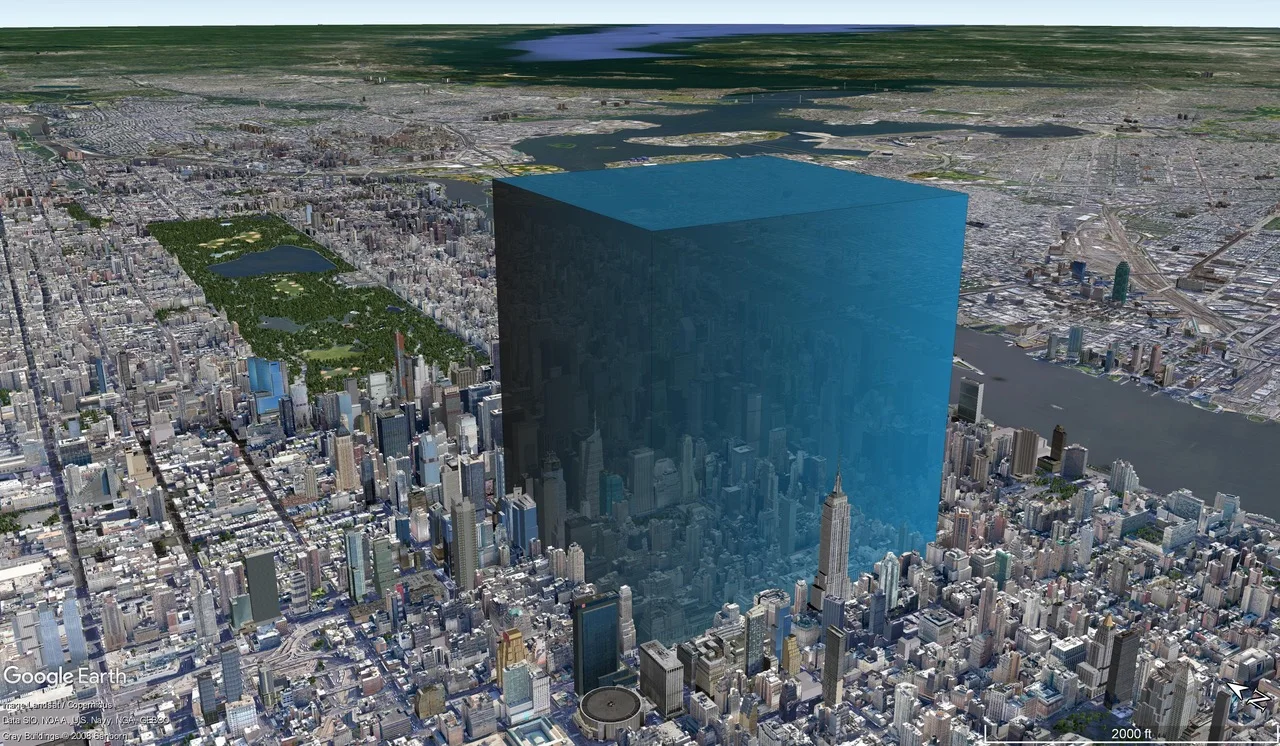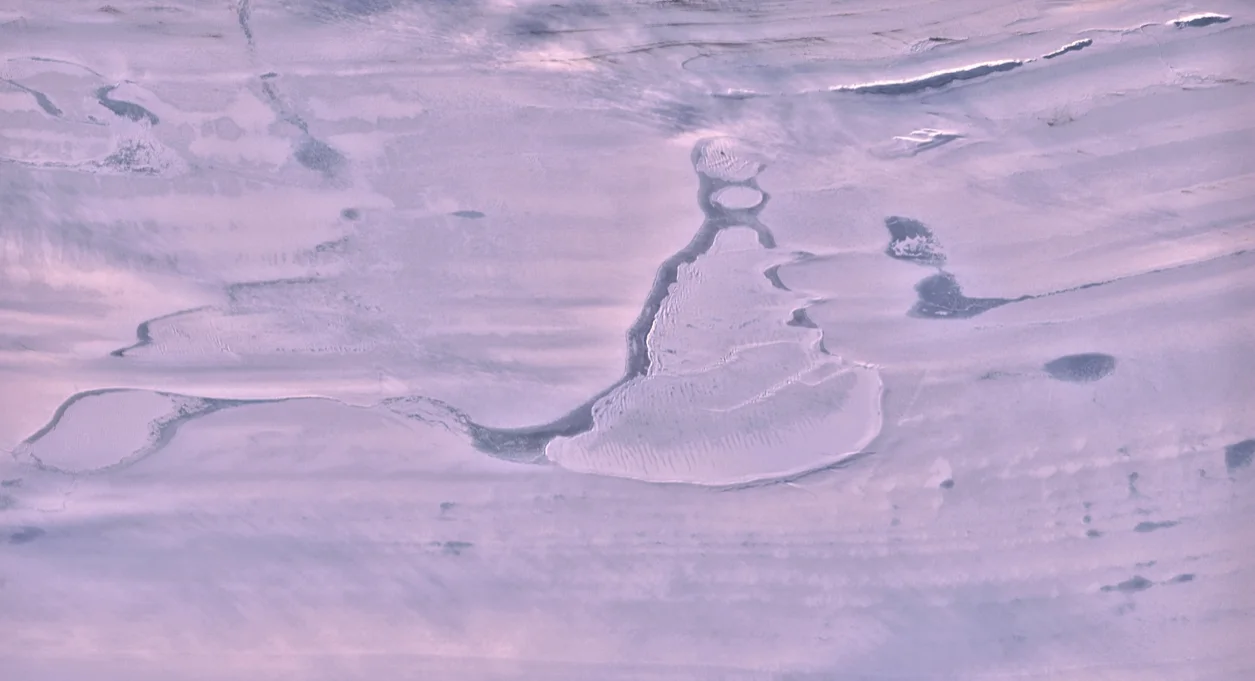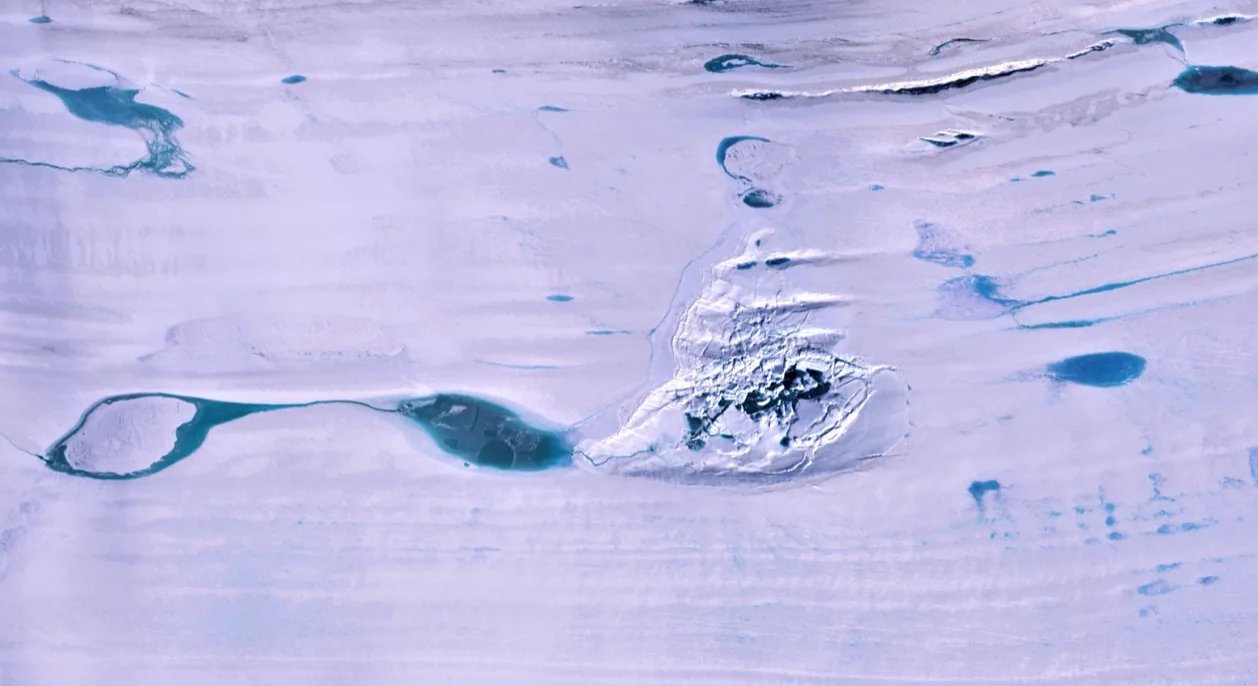
Disappearing lake in Antarctica leaves scientists puzzled
Millions of cubic metres of water suddenly disappeared from an Antarctic ice shelf, and scientists say this worrying trend could become more common with climate change.
When a 315 billion-tonne iceberg, the largest in 50 years, broke off from the Amery Ice Shelf in 2019, the event made headlines for how quickly Antarctica’s third-largest ice shelf is transforming as global temperatures warm. Now scientists are puzzled as to how an enormous, ice-covered lake suddenly vanished from the same ice shelf.
A group of international researchers from the Scripps Institution of Oceanography at the University of California San Diego describe this disappearance as a “rare event” and say that it occurred during the Antarctic winter season in 2019.
According to the researchers’ study, published in Geophysical Research Letters, the lake had a volume of 600-750 million cubic metres, which is roughly twice the volume of San Diego Bay. Radar satellites were used to collect data and images of the lake and say that after the drainage occurred a “crater-like depression” the size of 11 square kilometres was left in the ice shelf.

Visualization of 600-750 million cubic meters lost to the ocean from the ice-covered lake. (Philipp Arndt/Scripps Institution of Oceanography at UC San Diego)
While the cause of the lake’s disappearance is not entirely clear, the scientists hypothesize that the water escaped through the ice shelf.
“We believe the weight of water accumulated in this deep lake opened a fissure in the ice shelf beneath the lake, a process known as hydrofracture, causing the water to drain away to the ocean below,” Roland Warner, a glaciologist with the Australian Antarctic Program Partnership at the University of Tasmania and lead author, said in the study’s press release.

Scientists estimate that up to 750 million cubic metres were lost to sea when the lake drained. (NASA)
The Amery Ice Shelf is 1,400 metres thick and the researchers say that it is unusual to see water on top of ice shelves penetrate through such depths. Though the exact mechanism that resulted in the disappearing lake remains unknown, the researchers say that understanding this process has implications for climate change projections.
“Since surface meltwater on ice shelves can cause their collapse which ultimately leads to sea-level rise when grounded ice is no longer held back, it’s important to understand the processes that weaken ice shelves,” Helen Amanda Fricker, a glaciologist at Scripps Institution of Oceanography and study co-author, said in the press release.

The aftermath of what was once an ice-covered lake. (NASA)
Significant thawing has been observed on the Amery Ice Shelf and the study says that Antarctic surface melting is expected to double by 2050. The researchers say that it is too soon to conclude that climate change was the trigger for this specific lake drainage, but note that rising temperatures increase the likelihood of hydrofracturing occurring, which could result in ice shelves collapsing and causing rapid increases in sea-level rise.
Thumbnail credit: NASA

